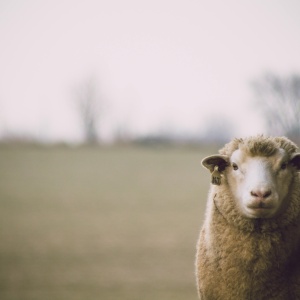
The paper explores to what extent ruminant farming can enhance and preserve biodiversity, and calculates what would be an equivalent level of consumption. It found that with biodiverse-friendly grazing production, an average person could consume 2.2kg of milk per year and 0.8 kg of red meat.
Abstract
The production and consumption of animal-source foods must be transformed to mitigate negative environmental outcomes, including greenhouse gas emissions and land-use change. However, livestock are also key for food production and for livelihoods in some settings, and they can help preserve biodiversity and certain ecosystems. Previous studies have not yet fully explored sustainability limits to the use of grazing lands for food production in the context of biodiversity. Here we explore ‘biodiversity limits’ to grassland ruminant production by estimating the meat and milk production from domestic ruminants limited to grazing areas and stocking densities where livestock can contribute to the preservation or restoration of biodiversity. With biodiversity-friendly grazing intensities at 0–20% biomass removal depending on aridity, this take on biodiversity limits corresponds to 9–13% and 26–40% of the current grassland-based milk and meat production, respectively. This equals only 2.2 kg of milk and 0.8 kg of meat per capita per year, globally, but altered management and moving from meat-specialized to meat-and-dairy systems could increase the potential production while still remaining within this approach to biodiversity limits.
Reference
Resare Sahlin, K., Gordon, L.J., Lindborg, R. et al. An exploration of biodiversity limits to grazing ruminant milk and meat production. Nat Sustain (2024). https://doi.org/10.1038/s41893-024-01398-4
Read more here. See also the TABLE explainer, Grazed and Confused? How much can grazing livestock help to mitigate climate change?







Post a new comment »